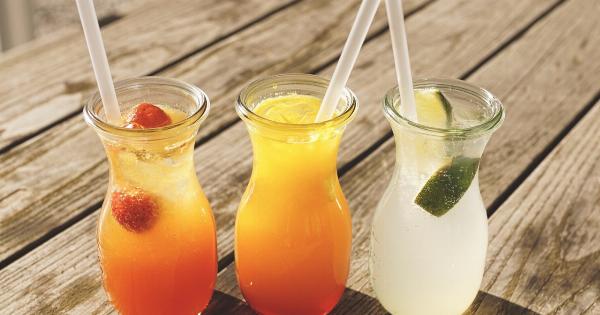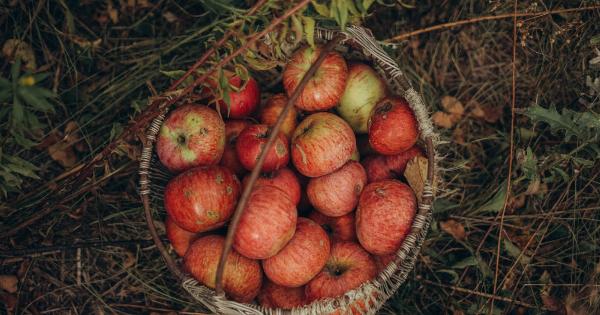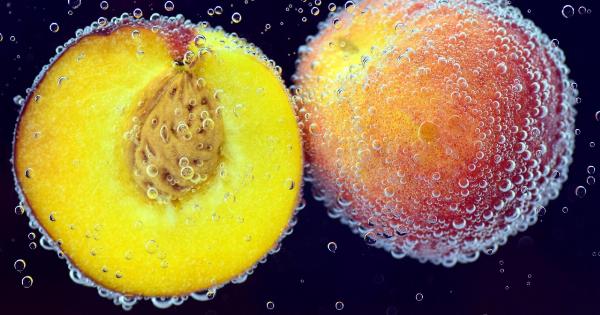As parents, we all want the best for our children, especially when it comes to their health. One common concern among parents is the consumption of fruit juice and its impact on childhood health.
Fruit juice is often seen as a healthier alternative to sugary sodas and other beverages, but it’s important to understand the facts and make informed decisions. In this article, we will explore the pros and cons of fruit juice when it comes to childhood health and provide valuable information for parents.
Benefits of Fruit Juice
When consumed in moderation, fruit juice can offer some benefits for children:.
1. Nutrient Content
Fruit juices, especially those made from 100% fruit, can provide essential vitamins and minerals that are important for a child’s growth and development. These include vitamin C, potassium, and folate.
2. Hydration
Fruit juices can contribute to a child’s daily fluid intake and help prevent dehydration, particularly during hot weather or physical activity.
3. Antioxidants
Fruit juices are rich in antioxidants, which can help protect the body against oxidative stress and reduce the risk of chronic diseases over time.
4. Fiber Content
Although juice lacks the fiber found in whole fruits, some juices, particularly those with pulp or added fiber, can still provide some fiber benefits. Fiber is essential for maintaining healthy digestion and preventing constipation in children.
Drawbacks of Fruit Juice
While fruit juice does offer some benefits, there are also drawbacks that parents should be aware of:.
1. High Sugar Content
Most fruit juices, even those labeled as 100% fruit juice, contain high amounts of sugar. Consuming excessive amounts of sugar can contribute to weight gain, tooth decay, and an increased risk of chronic diseases such as type 2 diabetes.
2. Calorie Intake
Due to their sugar content, fruit juices can be high in calories. Excessive calorie intake from juice consumption can lead to weight gain and an increased risk of childhood obesity.
3. Lack of Fiber
While some juices contain added fiber, most commercially available fruit juices lack the natural fiber found in whole fruits. Fiber is crucial for regulating blood sugar levels, maintaining healthy digestion, and promoting feelings of fullness.
Without fiber, juice consumption may lead to blood sugar spikes and increased hunger.
4. Availability of Fruit
Juice consumption can sometimes replace whole fruit consumption in children’s diets. This can be problematic as whole fruits offer more nutrients, fiber, and a lower sugar content compared to their juice counterparts.
Guidelines for Fruit Juice Consumption
Considering both the benefits and drawbacks, it’s important for parents to establish guidelines for fruit juice consumption in their children:.
1. Age Recommendations
The American Academy of Pediatrics (AAP) recommends that infants under 1 year old should not consume any fruit juice. Between the ages of 1 and 3, toddlers can consume a maximum of 4 ounces of juice per day.
For children ages 4-6, the recommended maximum is 4-6 ounces per day, and for kids aged 7-18, it is 8 ounces per day.
2. Focus on Whole Fruits
Encourage your child to consume whole fruits instead of relying solely on juice. Whole fruits provide more fiber, nutrients, and contribute to a balanced diet.
3. Dilute Juice
If you choose to offer juice to your child, dilute it with water to reduce the sugar and calorie content. Aim for a 50/50 mix of juice and water.
4. Read Labels
When purchasing fruit juices, always read the labels and avoid those with added sugars, artificial flavors, or preservatives. Look for juices labeled as 100% fruit juice and check for the absence of added sugars or syrups.
5. Serve in a Cup
Instead of allowing your child to drink juice from a bottle or sippy cup throughout the day, serve juice in a limited quantity at meal or snack times and only in a regular cup.
This helps control the amount consumed and prevents excessive calorie intake.
Conclusion
Fruit juice can be a part of a healthy diet for children when consumed in moderation and as part of a balanced meal plan. Parents should prioritize whole fruits and ensure that juice consumption does not replace the consumption of nutrient-dense foods.
By setting guidelines, reading labels, and promoting a varied diet, parents can make informed decisions about their child’s fruit juice consumption and contribute to their overall health and well-being.






























